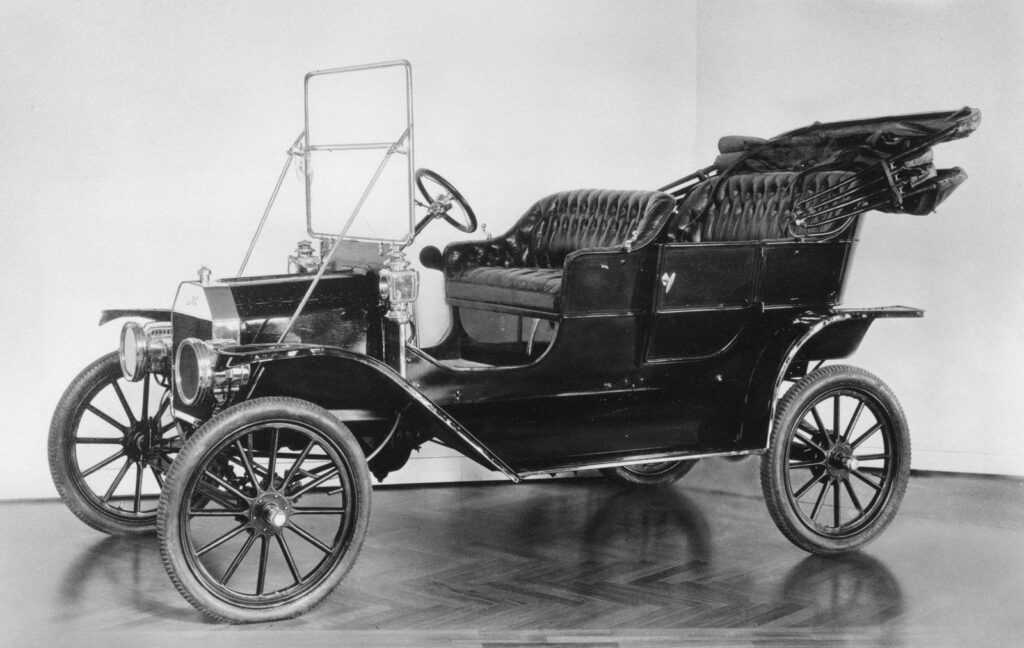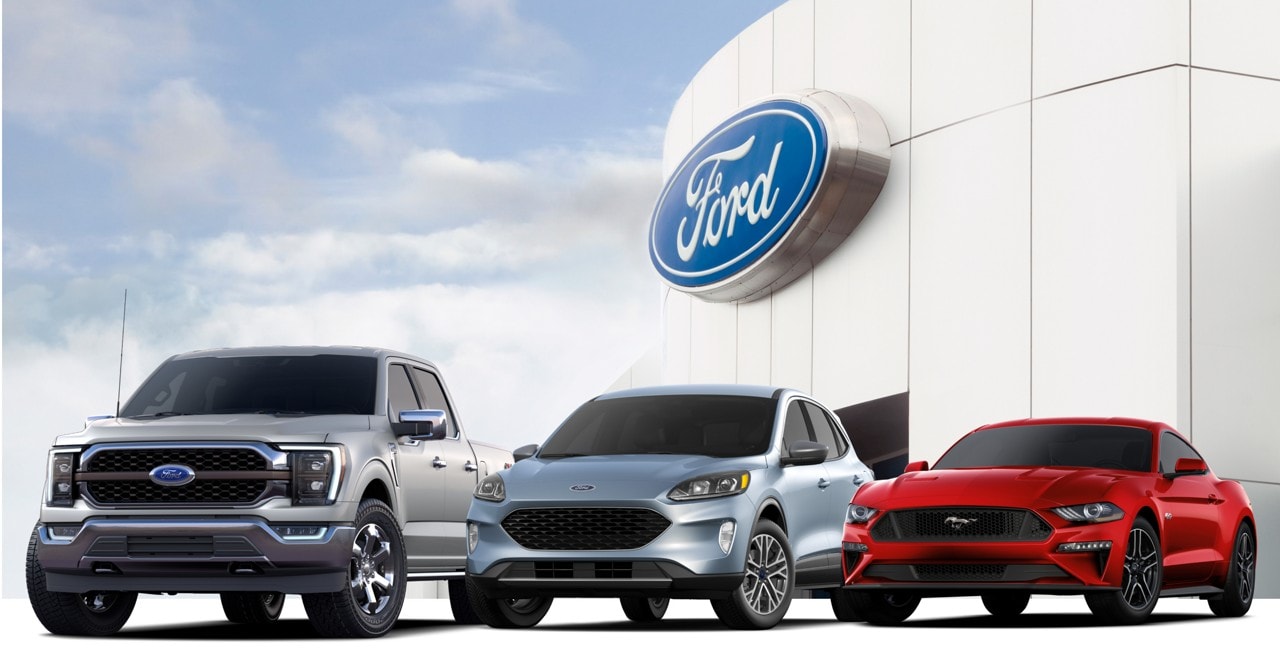Ford Motor Company is an American multinational automaker founded by Henry Ford in 1903. It is one of the world’s largest producers of cars and trucks and operates globally, with its headquarters in Dearborn, Michigan, USA.
Ford’s introduction to the automobile industry began with the Model T, which was first introduced in 1908. The Model T was a revolutionary vehicle that brought mass production to the automobile industry, making cars more affordable for average people. By 1913, Ford had developed a moving assembly line that reduced the time it took to build a car from 12 hours to just 93 minutes. This innovation made the Model T even more affordable, and its popularity continued to soar.
Over the years, Ford has continued to innovate and introduce new models and technologies to the market. In 1927, the Model T was replaced by the Model A, which featured a new design and improved performance. In the 1930s, Ford introduced the V8 engine, which became a hallmark of American muscle cars. In the 1940s, Ford shifted its focus to wartime production, building vehicles and engines for the military.
In the post-war period, Ford resumed civilian production and introduced several popular models, including the Thunderbird and the Mustang. In the 1960s, Ford expanded globally, establishing plants in Europe and South America. In the 1970s and 1980s, Ford faced increased competition from foreign automakers and struggled financially. However, the company rebounded in the 1990s under the leadership of CEO Jacques Nasser, introducing successful models like the Explorer SUV and the F-150 pickup truck.
Today, Ford continues to innovate and adapt to changing market conditions. In recent years, the company has invested heavily in electric and autonomous vehicle technologies. In 2020, Ford announced plans to invest $11 billion in electric vehicles by 2022, with a goal of having 40 electrified models in its lineup by 2025.
As of 2021, Ford employs approximately 186,000 people worldwide and has operations in over 100 countries. In 2020, the company reported revenue of $127.1 billion and net income of $1.7 billion. Ford’s market capitalization was approximately $45 billion as of September 2021, and the company is listed on the New York Stock Exchange under the symbol “F.”
Ford Glorious History
Ford Motor Company was founded by Henry Ford in 1903, but its roots can be traced back to 1896 when Henry Ford built his first car in a workshop behind his home in Detroit, Michigan. Ford was a skilled mechanic and had been working on improving internal combustion engines since the age of 15.
In 1901, Ford designed and built his first car, which he called the “Ford Quadricycle.” It was a small, gasoline-powered vehicle that featured a four-horsepower engine, two forward speeds, and no reverse. Ford was convinced that automobiles would change the world, and he began working on a more advanced design.
In 1903, Ford and a group of investors founded the Ford Motor Company. The company’s first car was the Model A, which was produced in a small factory in Detroit. However, the Model A was not a success, and Ford began working on a new model, the Model T.

Henry Ford’s vision of making cars affordable for the average person transformed the automotive industry forever. The Model T’s success led to a massive expansion in production, with Ford opening new factories across the United States and even building a massive complex in Highland Park, Michigan.
One of the most significant changes Ford implemented was the moving assembly line. Before Ford’s innovation, workers would move around the factory to build different parts of the car. With the moving assembly line, however, the work came to the worker, making the production process much faster and more efficient. By 1914, the moving assembly line allowed Ford to produce one Model T every 93 seconds.
The success of the Model T made Ford a household name, and the company’s innovations extended beyond the production process. In 1914, Ford implemented a $5-a-day minimum wage, which was almost double the average wage at the time. The wage increase was meant to retain workers and reduce turnover, but it also helped create a new class of consumers who could now afford to buy a car.
Despite the Model T’s success, by the late 1920s, sales began to decline. The car was becoming outdated, and competitors were introducing new models that offered more advanced features. In response, Ford introduced the Model A in 1927, which was designed to be more stylish and modern. The Model A was a significant departure from the Model T and featured new features like an electric starter, four-wheel brakes, and hydraulic shock absorbers.
Throughout the 1930s and 1940s, Ford continued to innovate, introducing new models like the V8-powered Ford Deluxe and the wood-paneled Station Wagon. However, the company’s focus shifted during World War II, with Ford building vehicles and engines for the military.
After the war, Ford resumed civilian production and introduced several popular models, including the Thunderbird and the Mustang. The Mustang was introduced in 1964 and became an instant classic, with its sporty design and powerful engine appealing to a younger demographic.
In the 1970s and 1980s, Ford faced increased competition from foreign automakers, and the company struggled financially. However, the company rebounded in the 1990s under the leadership of CEO Jacques Nasser. Nasser implemented a new strategy that focused on expanding globally and introducing successful models like the Explorer SUV and the F-150 pickup truck.
In recent years, Ford has continued to innovate and adapt to changing market conditions. In 2020, the company announced plans to invest $11 billion in electric vehicles by 2022, with a goal of having 40 electrified models in its lineup by 2025. Ford has also invested in autonomous vehicle technologies and is working to develop self-driving cars.
Today, Ford is one of the largest and most recognizable automakers in the world. The company employs approximately 186,000 people worldwide and has operations in over 100 countries. Ford continues to be a leader in the automotive industry, and its legacy of innovation and affordability continues to shape the industry to this day.
Also Read: Top 10 Competitors of Hyundai: A Comprehensive Overview of the Automotive Market
To read more content like this, subscribe to our newsletter
Go to the full page to view and submit the form.


